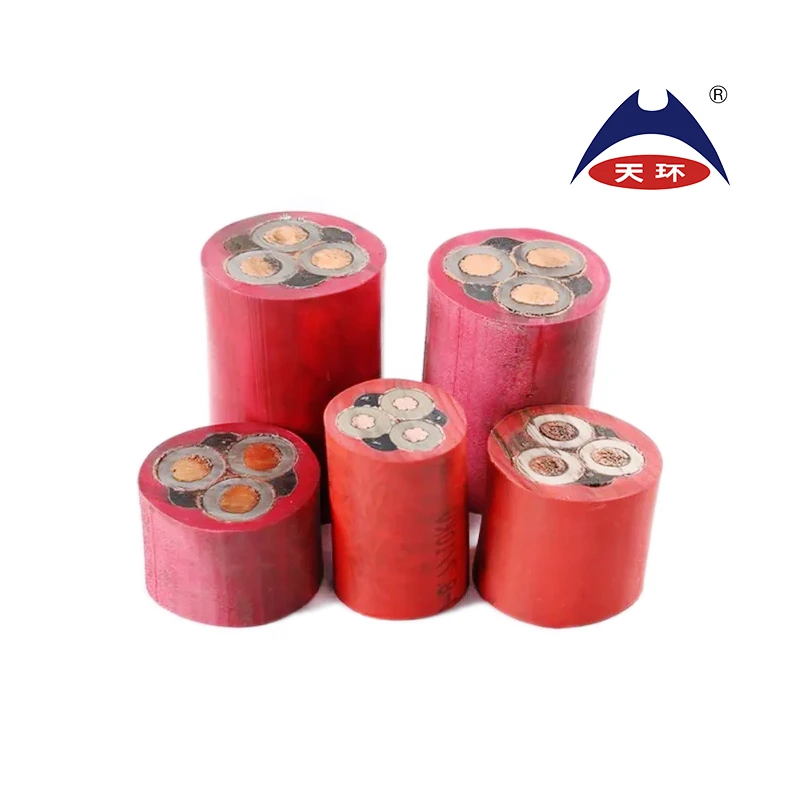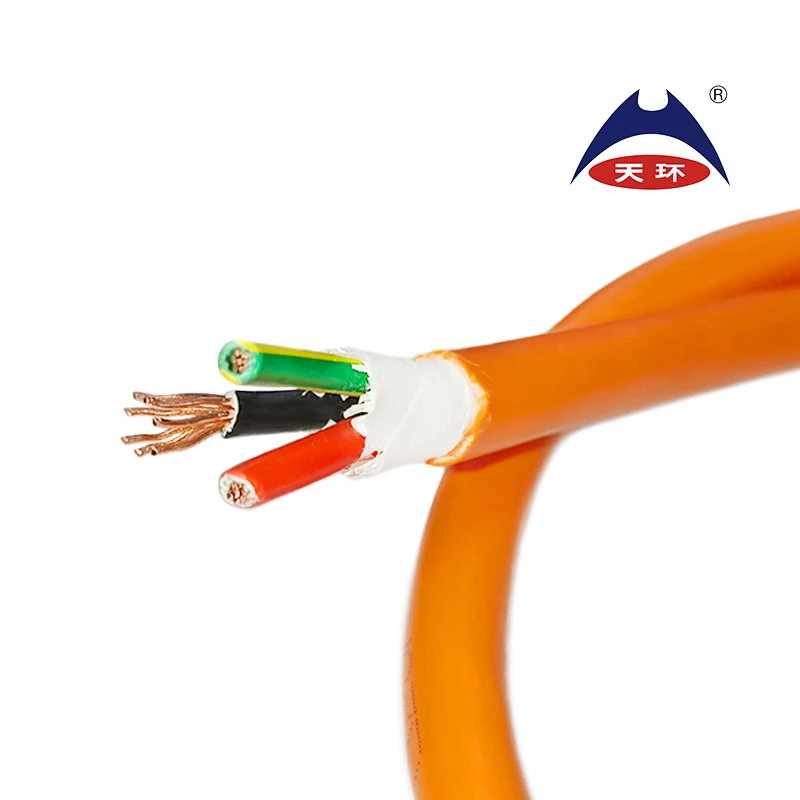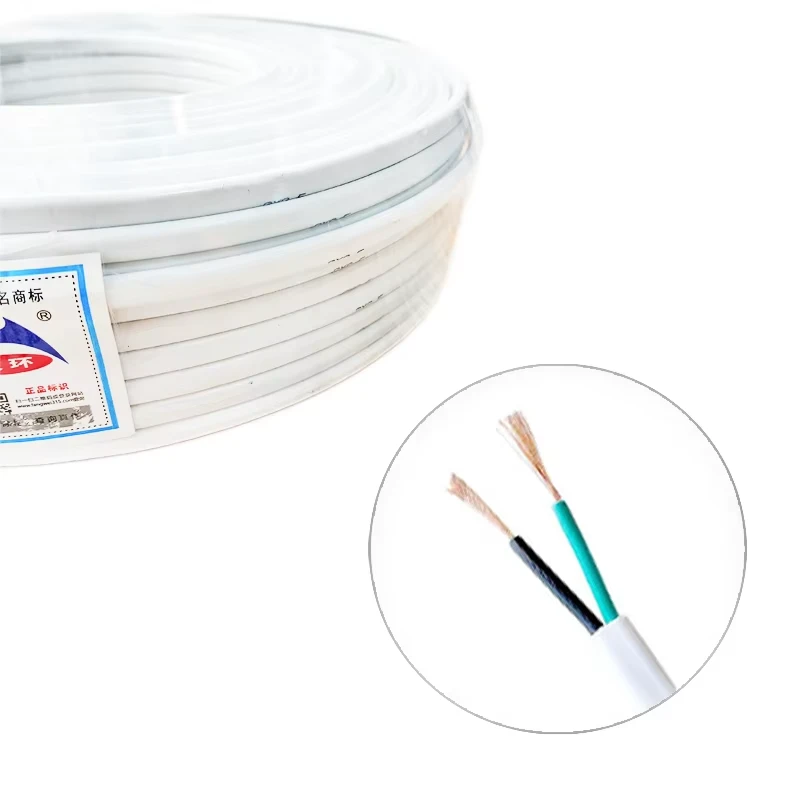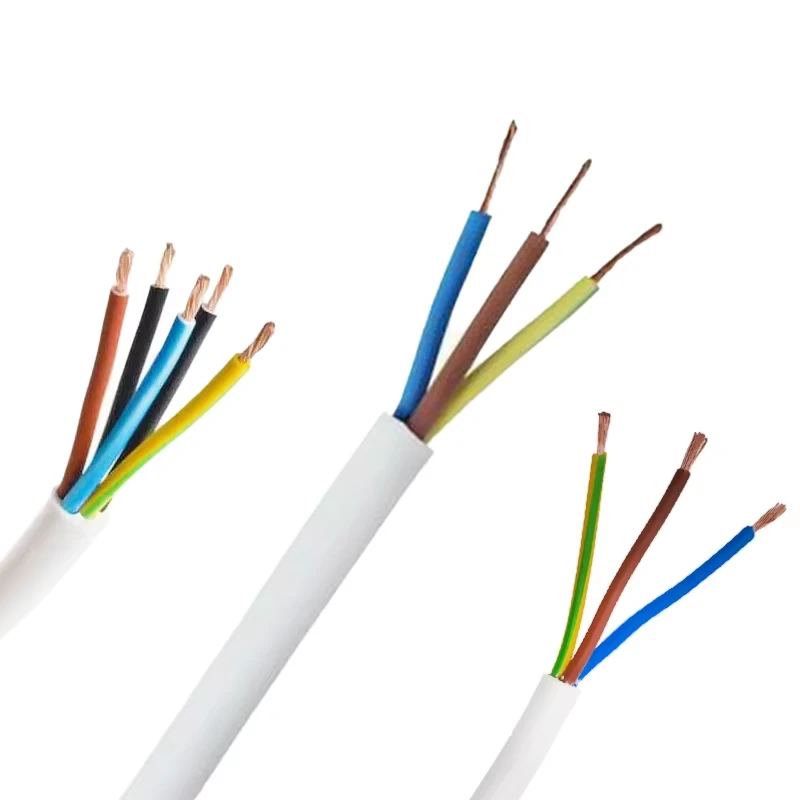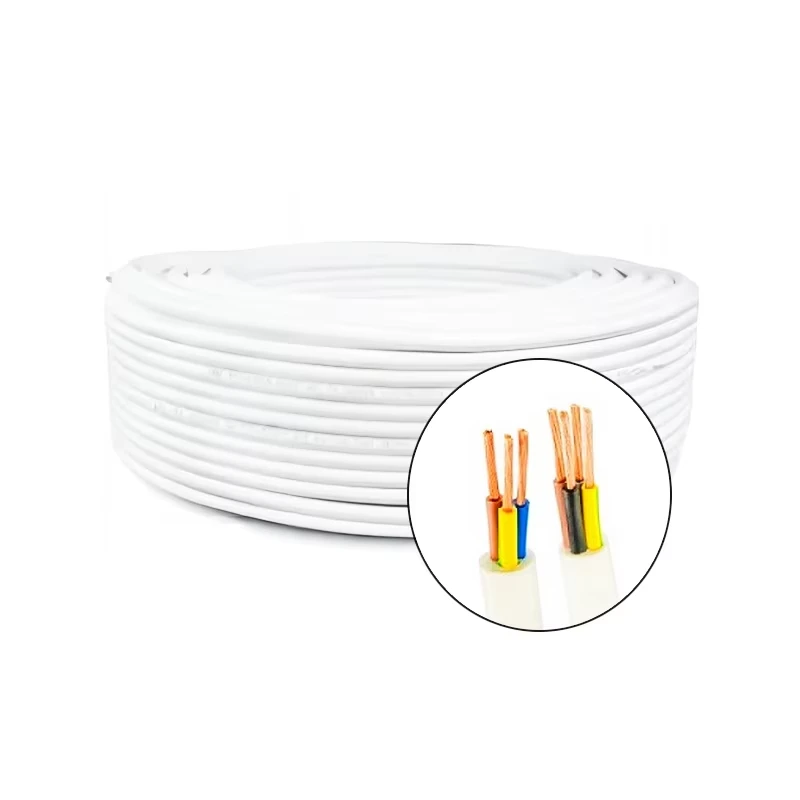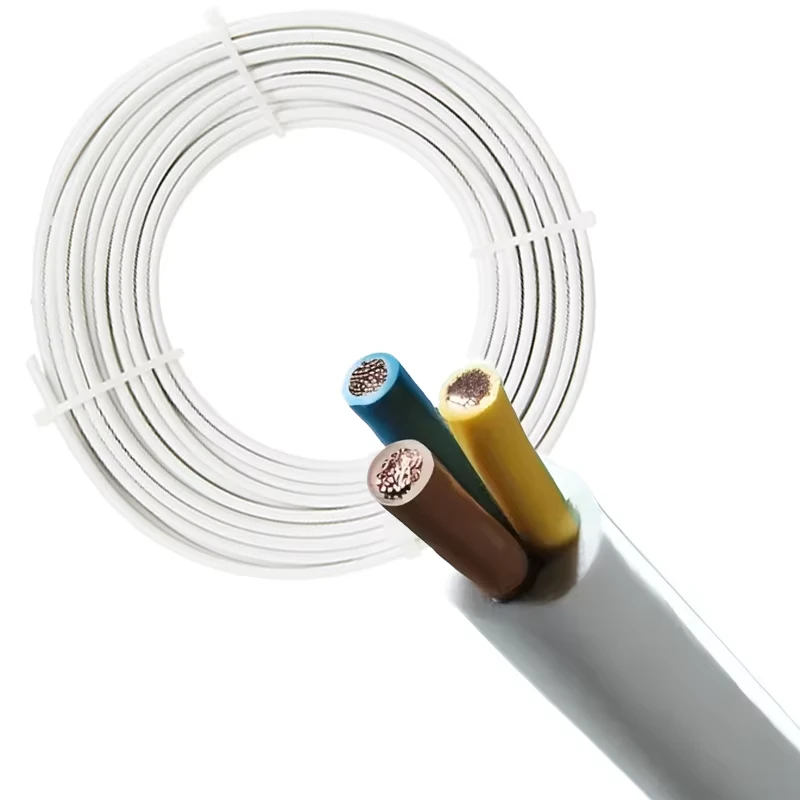
High-Quality Flat TPS Cable - Durable, Flexible & Safe 3 Core TPS Cable Solutions
- Introduction and overview of flat tps cable
: what it is and its increasing relevance - Technical advantages and structural insights
- Comparative analysis with other cable types, including data-driven manufacturer comparison
- Custom solutions and specification flexibility for unique scenarios
- Diverse industry applications with practical case studies
- Installation best practices and safety recommendations
- Future trends and why flat tps cable stands out in modern infrastructure

(flat tps cable)
Introduction to Flat TPS Cable and Industry Importance
Flat TPS cable, a term for Tough Plastic Sheathed flat cable, has swiftly become a cornerstone of modern electrical installations. Its innovative design caters to the evolving needs of residential, commercial, and industrial projects that demand safety, efficiency, and adaptability. The global demand for flat TPS is projected to surge by 8.2% CAGR from 2023 to 2030 (Global Cable Insights, 2023). This demand is strongly tied to a global shift toward streamlined cable management and enhanced building safety codes. Whether in multistorey complexes or tight-space scenarios, flat TPS and especially 3 core tps cable variants provide tailored solutions. Understanding its construction, performance data, and market positioning helps decision-makers maximize both technical outcome and ROI in their next project.
Engineering Excellence: Technical Advantages and Features
At the core of flat TPS cable’s success is its unique composition: typically comprising copper conductors, high-dielectric insulation, earth wire, and a durable yet flexible PVC sheath. Thanks to its flat geometry, these cables fit snugly against surfaces, making them ideal for under-floor and wall cavity routing. The 3 core tps cable version offers a live, neutral, and earth wire in one compact strand, streamlining installation and minimizing errors.
From a safety standpoint, flat TPS cables excel with their double-insulated sheath, protecting against inadvertent electrical contact and heat buildup. Performance-wise, flat TPS maintains insulation integrity up to 75°C continuous operating temperature, with breakdown voltages exceeding 450/750V per IEC 60227 standards. Flame-retardant properties further limit propagation risks, a key consideration in apartments and offices.
Industry tests document current-carrying capacities up to 19-32A for common household sizes, enabling power delivery from lighting circuits to heavy appliance feeds. The structure’s low profile reduces wall bulges, assisting designers seeking minimalistic finishes without structural compromise.
Manufacturer Comparison: Data-Driven Flat TPS Cable Benchmarking
With numerous brands offering flat tps cable, it is imperative to distinguish engineering quality, compliance, and cost. The following table compares prominent manufacturers based on key parameters: conductor purity, insulation material, rated voltage, flexibility, and price per meter (as of Q1 2024).
| Manufacturer | Product Type | Copper Purity (%) | Insulation Grade | Voltage Rating (V) | Flexibility | Avg. Price per Meter (USD) | Certifications |
|---|---|---|---|---|---|---|---|
| Nexans | 3 Core Flat TPS | 99.98 | XLPE / PVC | 450/750 | High | 0.85 | AS/NZS 5000.2 |
| Prysmian | Standard Flat TPS | 99.97 | PVC | 450/750 | Medium | 0.78 | IEC 60227 |
| Olex | Flat TPS — Enhanced | 99.9 | XLPE | 450/750 | High | 0.90 | AS/NZS 3808 |
| Generic Brand | Flat TPS — Basic | 99.85 | PVC | 300/500 | Low | 0.62 | Non-certified |
The table demonstrates that while cost is a consideration, attention should be directed towards material purity, insulation technology, and compliance with safety certifications. Nexans and Olex consistently score high on both flexibility and insulation grade, justifying premium pricing with enhanced performance and longevity.
Custom Flat TPS Cable Solutions for Unique Applications
Diverse projects demand flat tps cable solutions tailored to site constraints and design criteria. Customization options available include conductor cross-sectional area (typically ranging from 1.0mm² to 16mm²), sheath color coding for complex circuits, and even fire-resistant variants for high-risk sites. Modern facilities may specify low smoke zero halogen (LSZH) versions to abate toxic emissions during fire incidents.
Manufacturing partners offer flexible spool lengths (from 50m to bulk 500m reels) and customized labeling to streamline warehouse logistics and traceability. For renewable energy installations, UV-resistant and anti-corrosive sheaths enable reliable outdoor use. The rise in smart building infrastructure has also led to integration-ready TPS cables, facilitating seamless coupling with energy management and automation systems.
When specifying, engineers must balance ampacity, voltage drop, and installation environmental factors to select the precise combination. Consultation with certified cable manufacturers assures compliance and operational excellence.
Industry Application Examples and Case Studies
Flat TPS cable’s versatility is evidenced by its widespread adoption across multiple sectors. In residential housing, standardized 3 core tps cable supports both lighting and general power outlets, with installation speeds reducing labor by up to 18% compared to circular cable (Construction Tech Review, 2022).
Commercial centers such as office buildings and shopping malls benefit from the cable’s low-profile design, which allows dense routing in ceiling trays and wall cavities without breaching fire barriers. A notable case is the 56,000m² Central Business Plaza project, which deployed over 110km of flat TPS cable—resulting in a 12% reduction in rerouting costs and enhanced auditability during electrical inspections.
Industrial applications leverage armored flat TPS variants for conveyor and machinery feeds, where mechanical protection is mandatory. In educational and healthcare institutions, the cable’s low smoke emission property addresses stringent public safety standards. The adaptability extends to event venues and temporary installations, providing rapid deployment without compromising code compliance.
Installation Best Practices and Safety Recommendations
A secure electrical system begins with correct installation. Flat TPS cables should be fixed onto surfaces using compliant clips or conduit backings, spaced at intervals no greater than 300mm horizontally. Bending radii should not fall below five times the cable width to prevent conductor stress fractures. Ends must be thoroughly stripped and terminated with proprietary connectors to guarantee contact integrity.
Safety checks must include insulation resistance testing (minimum 1 MΩ for new circuits), phase continuity verification, and earth loop impedance measurement. Overcurrent protection devices must match cable rating to prevent thermal overloads. For high-traffic areas, cable routing should be planned to avoid exposure to abrasive surfaces, and all joins encapsulated in accessible junction boxes.
Compliance with local standards (such as AS/NZS 3000:2018 or IEC 60364) is crucial; failure to do so may lead to legal and insurance complications. Regular maintenance and visual audits preserve operational longevity and user safety.
Outlook: The Future of Flat TPS Cable in Next-Generation Infrastructure
The electrical sector’s evolution towards smarter, safer, and more energy-efficient solutions places flat tps cable at the forefront of wiring technology. Future infrastructure will increasingly rely on adaptive cable routing and robust safety envelopes; flat TPS’s minimalist profile and customizable features answer these demands.
Emerging markets are pushing for eco-friendly alternatives—manufacturers are now developing recycled-core TPS options, targeting a reduction in carbon footprint by 23% across production cycles (Green Cabling Report, 2024). The push for greater digital integration will stimulate further enhancements in electromagnetic shielding and network cabling variants built upon TPS geometry.
As urbanization accelerates and regulatory frameworks tighten, builders and specifiers will increasingly choose flat TPS cable for its proven safety, flexibility, and future-ready composition. By staying aligned with certified suppliers and integrating custom features as required, project owners can ensure both current compliance and readiness for tomorrow's demands.
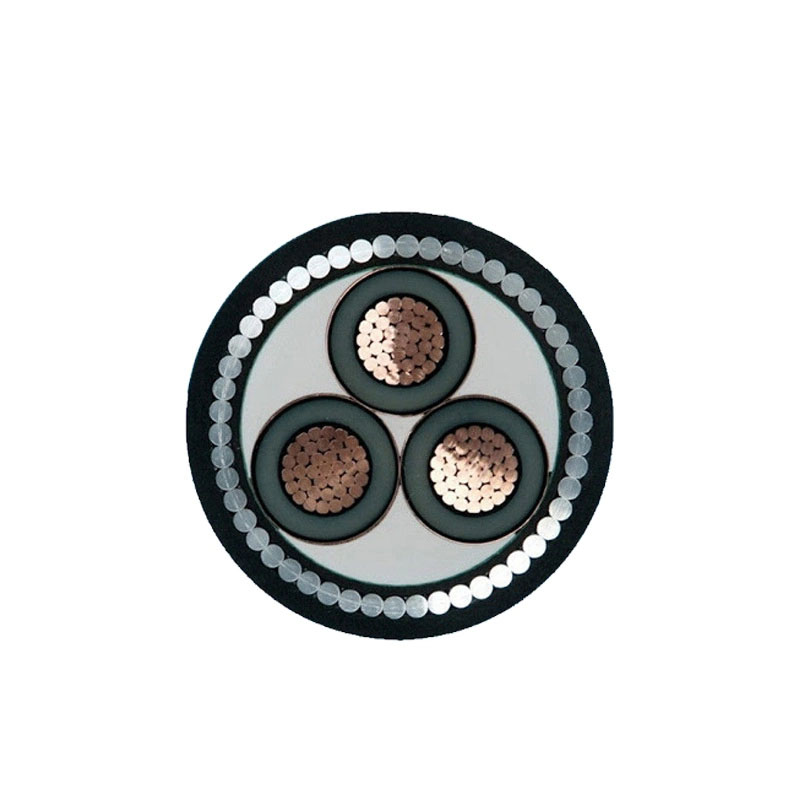
(flat tps cable)
FAQS on flat tps cable
-
Q: What is a flat TPS cable?
A: A flat TPS cable is a type of wiring with flat-shaped thermoplastic sheathing. It is commonly used for fixed electrical installations. Its design allows easy installation against surfaces.
-
Q: Where are flat TPS cables typically used?
A: Flat TPS cables are usually used in residential and commercial wiring. They are ideal for running along walls, ceilings, and inside conduits. Their flat profile makes them less obtrusive.
-
Q: What does 3 core TPS cable mean?
A: A 3 core TPS cable contains three insulated copper conductors within the outer sheath. It's commonly used for circuits requiring active, neutral, and earth wires. This makes it suitable for lighting and power outlets.
-
Q: What are the advantages of flat TPS over round cables?
A: Flat TPS cables are easier to install in tight spaces compared to round cables. They provide a neater finish when stapled or clipped along flat surfaces. Their flat shape also helps reduce cable clutter.
-
Q: Is flat TPS cable suitable for outdoor use?
A: Flat TPS cable is generally designed for indoor use only. Exposure to UV and moisture can damage its sheathing. For outdoor projects, use cables specifically rated for exterior applications.
-
The Quantum Leap of XLPE Cable in Power DistributionNewsMay.29,2025
-
Mastering the Essentials of Building WireNewsMay.29,2025
-
Innovative Horizons of Rubber Trailing CablesNewsMay.29,2025
-
Exploring the Versatile World of Rubber CablesNewsMay.29,2025
-
Decoding the Mysteries of Building CablesNewsMay.29,2025
-
Advancements Redefining Control Cable TechnologyNewsMay.29,2025
-
Why It's Time to Replace Old Rubber CablesNewsMay.28,2025





